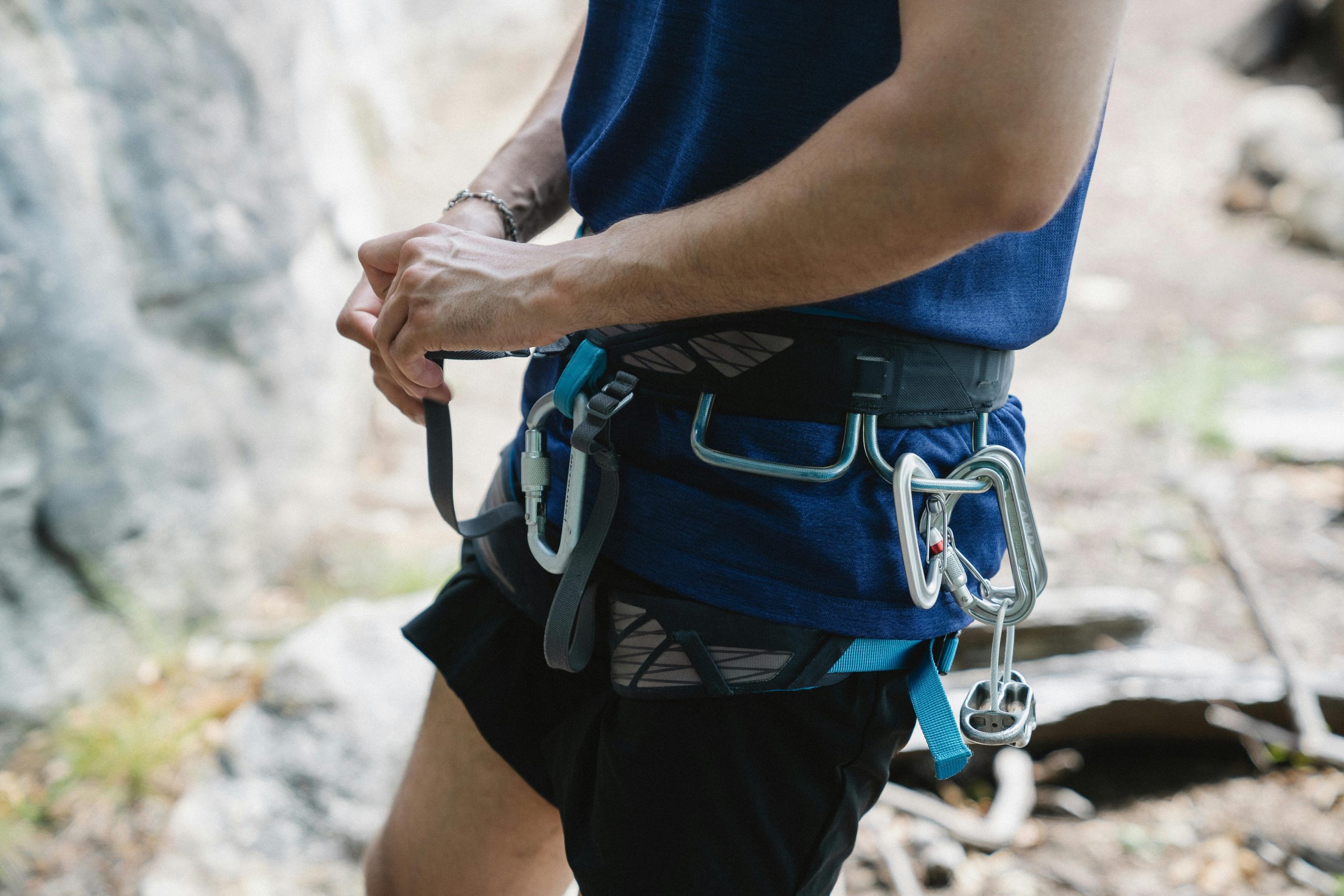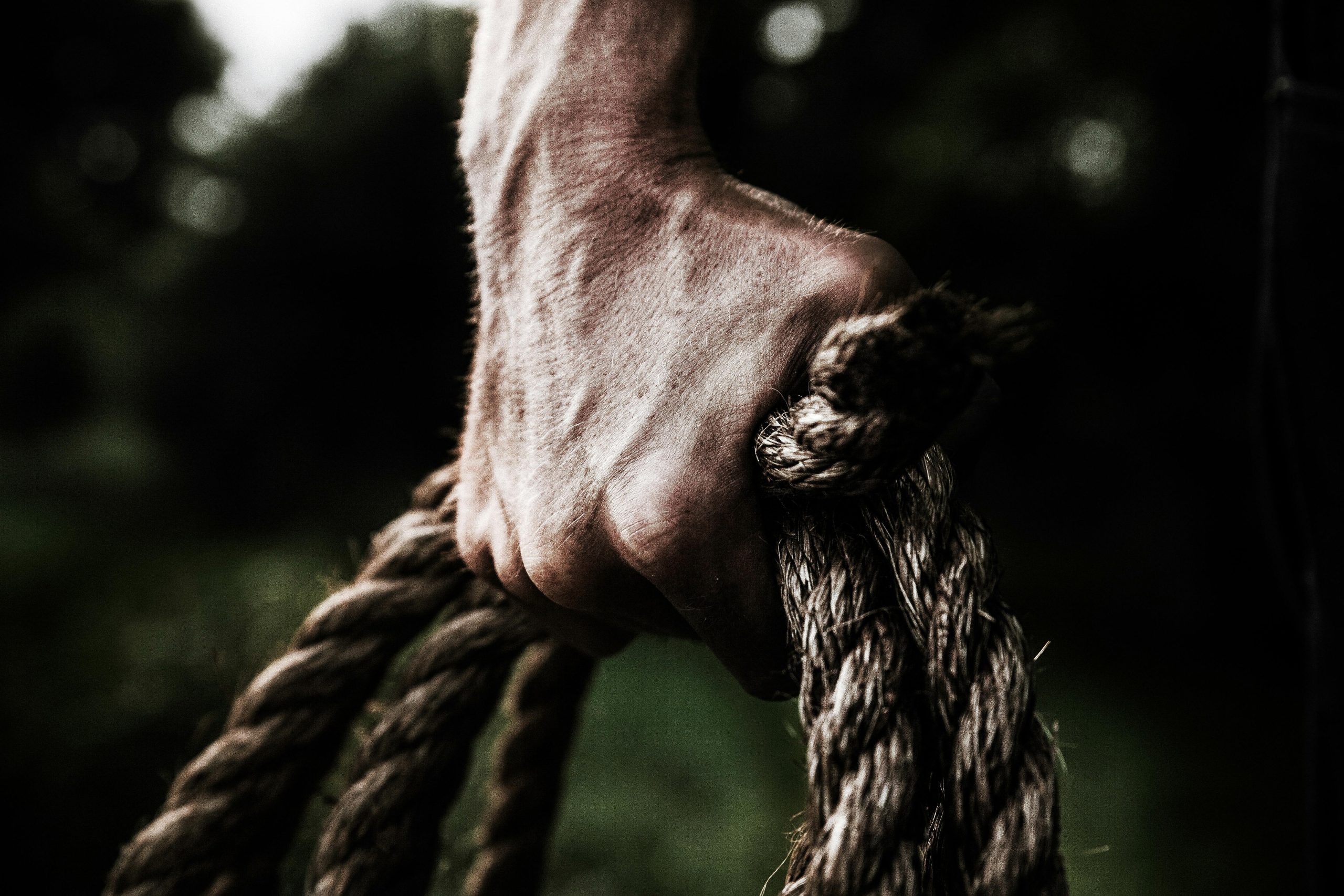Ever felt a wave of panic as your climbing gear groaned under a fall? Or worse, wondered if it would even hold at all? You’re not alone. Understanding energy absorption systems is the difference between safe climbs and catastrophic failures. In this post, we’ll unravel why energy absorption matters in climbing protection and how you can make smarter gear choices. Spoiler alert: It involves more than just throwing money at carabiners.
Table of Contents
- Key Takeaways
- Section 1: Why Energy Absorption Systems Matter in Climbing Protection
- Section 2: How Energy Absorption Works – The Science
- Section 3: Top Tips for Choosing the Right Gear
- Section 4: Real-Life Examples of Energy Absorption in Action
- Section 5: FAQs About Energy Absorption Systems
Key Takeaways
- Energy absorption systems are critical for reducing force on climbers during falls.
- Selecting gear with proper ratings ensures safety and reliability.
- Dynamic ropes and specialized devices absorb energy better than static alternatives.
- Poor maintenance can compromise even the best equipment.
Why Energy Absorption Systems Matter in Climbing Protection
Climbing isn’t exactly risk-free—gravity doesn’t negotiate. Once, I learned the hard way when my poorly chosen rope snapped mid-route. Thankfully, I was only a few feet up, but that incident taught me one thing: climbing protection saves lives, and its effectiveness depends heavily on energy absorption systems.

The purpose of energy absorption systems is simple yet vital—they convert the kinetic energy from a fall into strain energy, preventing excessive forces from reaching the climber or anchor points. Without them, even minor falls could lead to severe injuries—or worse.
How Energy Absorption Works – The Science
Optimist You: “So, what’s the science behind all this?”
Grumpy You: “Ugh, okay—but only if coffee’s involved.”
When a climber falls, the potential energy is converted to kinetic energy. To stop this abruptly would create dangerously high forces due to Newton’s second law (force = mass × acceleration). Enter dynamic ropes and other absorptive gear like shock-absorbing quickdraws. These elongate slightly upon catching a fall, spreading out the deceleration over time and minimizing peak force.

Pro Tip: Look for UIAA-certified gear, which guarantees compliance with international safety standards.
Top Tips for Choosing the Right Gear
- Know Your Ratings: Always check the kN rating (kilonewtons) on your gear. Higher isn’t always better; aim for ranges suitable for your body weight and climbing style.
- Avoid Static Ropes: They don’t stretch much, causing higher peak forces. Terrible tip: Use a washing line instead of a rope—it will teach you exactly why elasticity matters! (Just kidding. Please don’t do that.)
- Maintenance Matters: Dirty or worn-out gear won’t perform optimally. Clean it regularly, inspect it before each climb, and retire old ropes promptly.

Real-Life Examples of Energy Absorption in Action
In 2018, a climber fell nearly 60 feet onto a trad setup near Yosemite. Thanks to properly rated cams and a dynamic rope system, they walked away unharmed despite the terrifying drop. This case study shows how critical energy absorption systems truly are.
Another example? Alex Honnold might free solo without ropes, but even he trusts top-notch gear for partner-assisted ascents. Because no matter how good you are, physics still applies.

FAQs About Energy Absorption Systems
Q: What makes dynamic ropes different from static ones?
A: Dynamic ropes stretch significantly under load, absorbing energy through deformation. Static ropes, used in caving or rescue operations, lack this flexibility.
Q: Are there any downsides to overly stretchy ropes?
A: Yes—if too elastic, they may introduce pendulum effects or reduce control during belaying.
Q: Can I use the same gear for indoor and outdoor climbing?
A: Generally, yes—but ensure all items comply with manufacturer guidelines for varied environments.
Conclusion
To recap, understanding energy absorption systems is essential for every climber serious about safety. From selecting reliable gear to maintaining it well, these small steps add up to significant protection gains. So next time you’re prepping for an adventure, remember that great climbing begins with great gear.
Like a trusty pocketknife, your energy absorption knowledge needs daily sharpening. And hey, maybe someday we’ll see whole climbing gyms designed around “absorption Olympics.” Until then, stay safe out there!
Haiku for the road:
Rope stretches, holds tight,
Gravity bows, life goes on.
Safe again—climb high.
